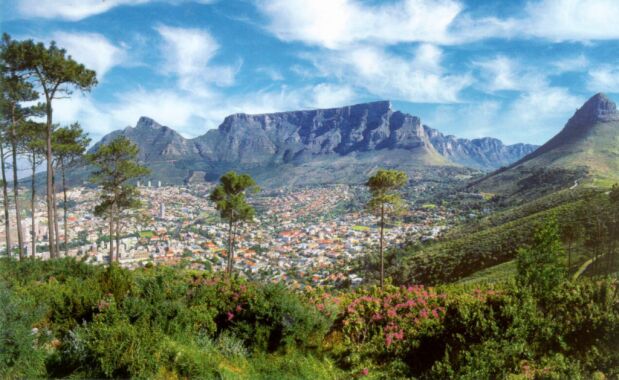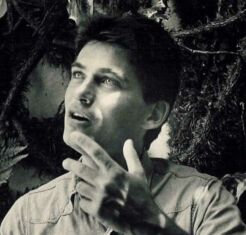
Table Mountain, Cape Town
backdrop for introducing Werner's work to South Africa, 1979

|
<aside>
Yes Nelson did actually say (quote unquote) the "transformation" of South Africa, proof that Werner's work impacts language worlwide. <un-aside> |
|
<aside>
In November of 2004 when this essay was written, there were one thousand readers of this Conversations For Transformation website every month. In March of 2018 when this "aside" was added, there are seven thousand readers of this Conversations For Transformation website every month, and more. <un-aside> |

| Communication Promise | E-Mail | Home |
| © Laurence Platt - 2004 through 2024 | Permission |